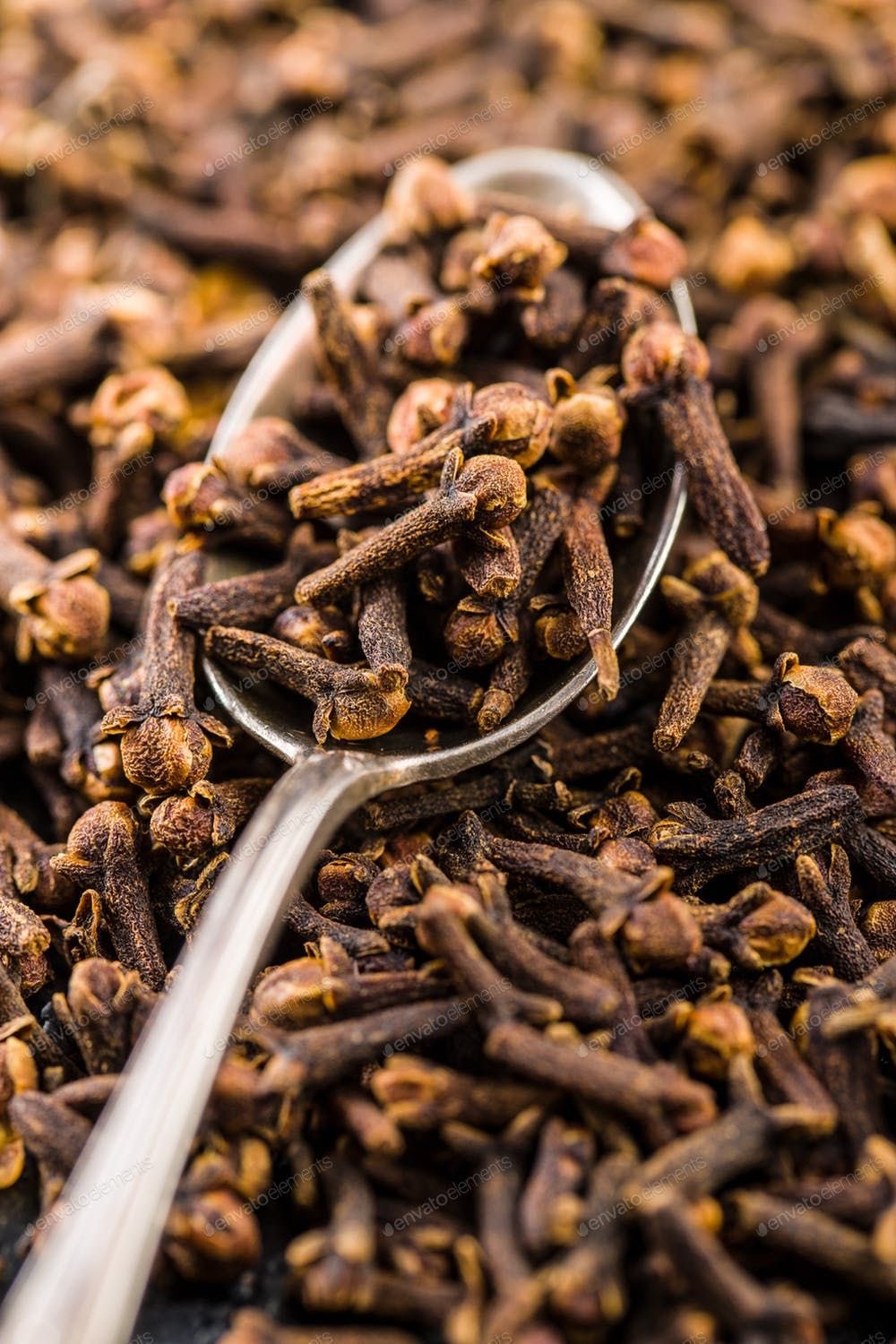People and Lifestyle
Time with the Chief Herbalist: The Importance of Maize Leaves

People and Lifestyle
One Day The Tables Will Turn; In The Wrong Way?

People and Lifestyle
INCREDIBLE HEALTH BENEFITS OF CLOVES YOU SHOULD KNOW ABOUT

People and Lifestyle
Isabelita Hermona: The first notable African woman artist to achieve significant acclaim in European painting and the first Ghanaian to receive “Western Education”
-

 Sports8 months ago
Sports8 months agoNovak Djokovic Slams Disrespectful Wimbledon Crowd
-

 Entertainment10 months ago
Entertainment10 months agoDJ Ashes GH New Mixtape Dubbed ‘Kinaata Friday Mixtape Vol.4’
-

 Entertainment11 months ago
Entertainment11 months agoKofi Kinaata Unveils ‘Kofi oo Kofi’ EP
-

 Sports10 months ago
Sports10 months agoThe 2nd Edition of Workers Day Workout With Coach Jay
-

 Tech11 months ago
Tech11 months agoThe Introduction Of Meta AI Will Blow Your Mind
-

 Entertainment10 months ago
Entertainment10 months agoEffiakuma Broken Heart Lyrics By Kofi Kinaata
-

 News10 months ago
News10 months agoKODA And The Glucose-6-phosphate dehydrogenase (G6PD) Deficiency And What You Need To Know By Dr. George Anagli
-

 Entertainment10 months ago
Entertainment10 months agoKofi Kinaata Unveils ‘KofiOOKofi’ EP











